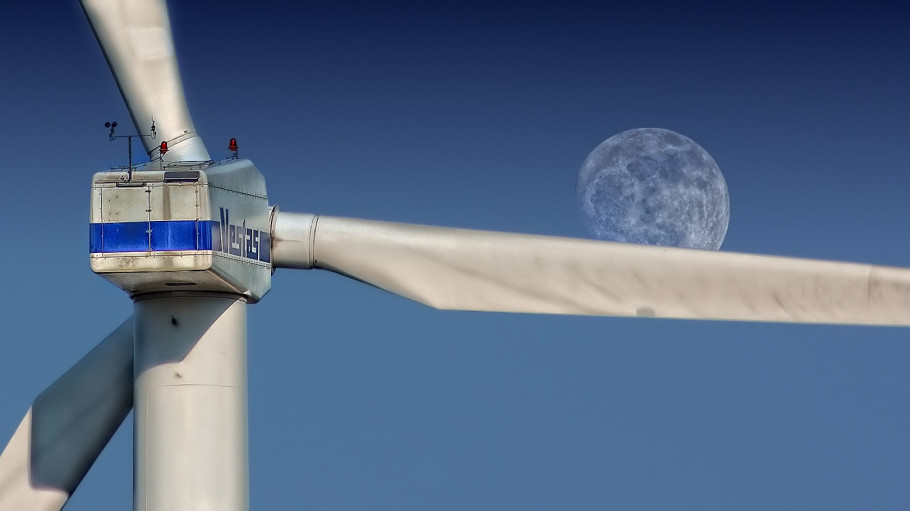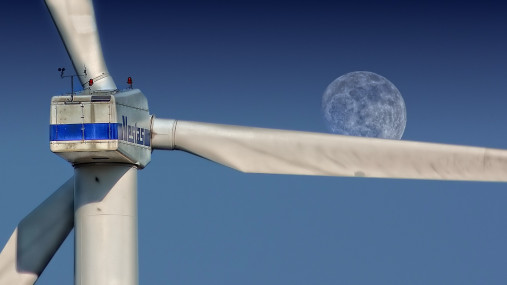
Publications » Position papers » Revision of the Climate, Energy and Environmental Aid Guidelines (CEEAG)
Revision of the Climate, Energy and Environmental Aid Guidelines (CEEAG)
Downloads and links
Recent updates

The Commission’s public consultation on the revised Climate, Energy and Environmental Aid Guidelines (CEEAG) offers s the basis for a thorough debate around the legislative framework that is necessary for a successful transformation of the EU economy towards climate neutrality.
European steel companies are already developing major emission reduction technologies and are willing to continue to accelerate this work in order to fulfil this objective. Such a major transformation of the sector will require significant investment in the new technologies while the sector needs to remain competitive throughout the entire transition and beyond. Furthermore, external factors not directly controlled by the sector (most importantly, access to competitive low carbon energy/electricity and feedstock) will play a crucial role.
The current Commission’s draft proposal on the CEEAG contains elements that may hinder the steel sector’s competitiveness by unduly increasing energy costs, as well as its transition towards electricity-based technologies. In particular, EUROFER underlines the need for revised state aid rules covering the full abatement costs of the new low-carbon processes for those sectors including steel that are the most exposed to international competition. Carbon pricing policies alone such as ETS don’t offer enough protection for counterbalancing carbon leakage-related problems.
Therefore, we need – as soon as possible – a comprehensive policy framework that preserves the competitiveness of the sector and creates the conditions for fostering the necessary investment.

Download this publication or visit associated links
A milestone occasion to quickly and effectively restore affordable electricity, to relaunch the
decarbonization and strengthen the international competitiveness of the European steel
industry.
Brussels, 02 December 2025 – Unchanged negative conditions – U.S. tariffs and trade disruptions, economic and geopolitical tensions, protracted weak demand and still high energy prices – continue to weigh on the European steel market. EUROFER’s latest Economic and Steel Market Outlook confirms for 2025 another recession in both apparent steel consumption (-0.2%, unchanged) and steel-using sectors (-0.5%, revised from -0.7%). A potential recovery is expected only in 2026 for the Steel Weighted Industrial Production index (SWIP) (+1.8%, stable) and for apparent steel consumption (+3%, slightly revised from +3.1%) – although consumption volumes would still remain well below pre-pandemic levels. Steel imports retained historically high shares (27%), while exports plummeted (-9%) in the first eight months of 2025.
Fourth quarter 2025 report. Data up to, and including, second quarter 2025